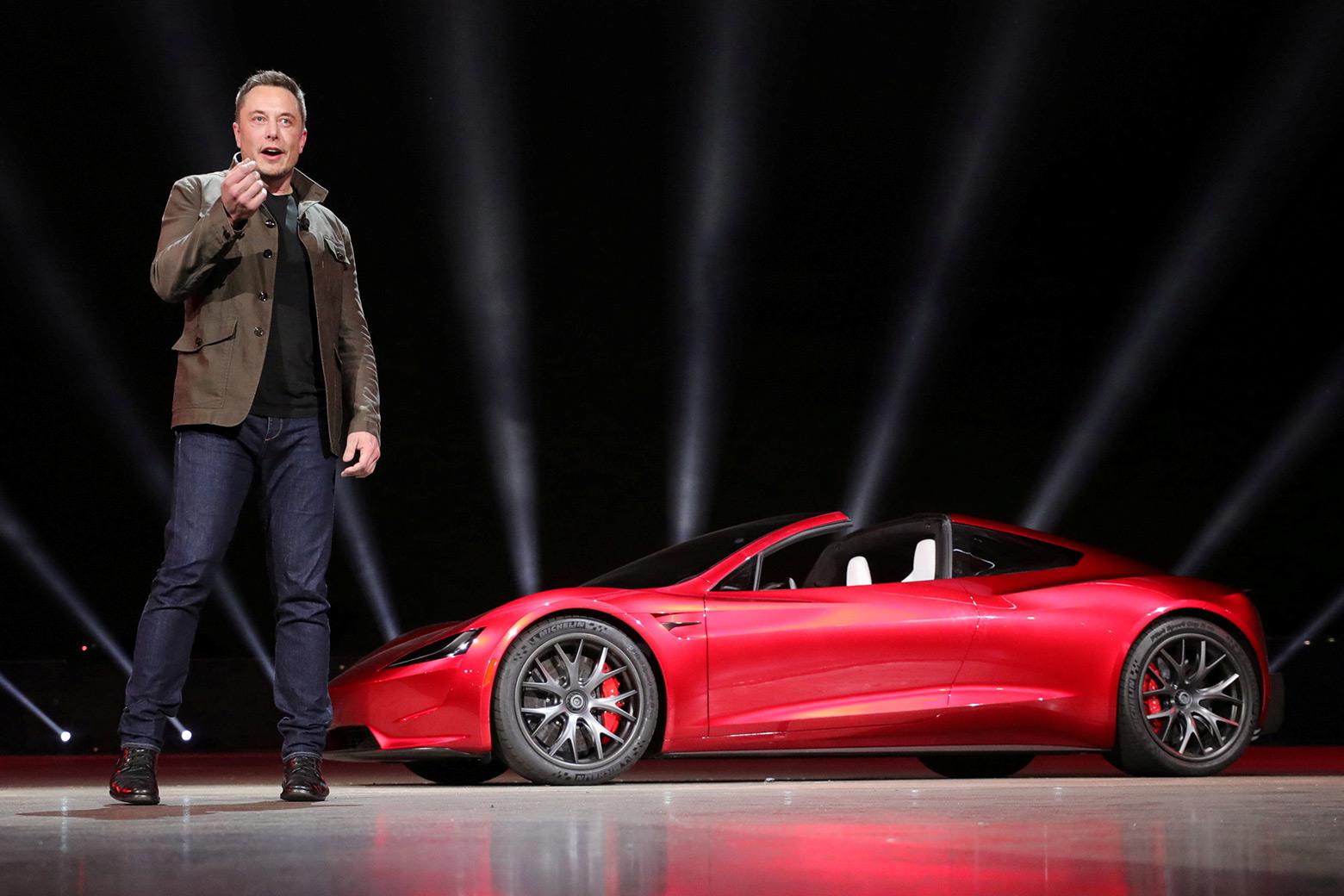Elon Musk wears several hats. But he is first and foremost, as he reminded an audience at a Los Angeles–area event last week, a car salesman.
And like the rest of the automotive industry, he appears to have a low view of public transit and the people who use it.
Musk said as much this week at the Neural Information Processing Systems conference, as reported by Wired’s Aarian Marshall:
There is this premise that good things must be somehow painful. I think public transport is painful. It sucks. Why do you want to get on something with a lot of other people, that doesn’t leave where you want it to leave, doesn’t start where you want it to start, doesn’t end where you want it to end? And it doesn’t go all the time. It’s a pain in the ass. That’s why everyone doesn’t like it. And there’s like a bunch of random strangers, one of who might be a serial killer, OK, great. And so that’s why people like individualized transport, that goes where you want, when you want.
He went on to criticize Japanese trains for being crowded.
The whole thing has the feel of a Seinfeld bit, and a spokesperson for the Boring Company, Musk’s tunneling venture, insisted to Marshall that the CEO was only criticizing today’s lousy mass transit. “He was criticizing the current state of public transportation, not the idea of mass transit itself,” a Boring Company rep explained to Slate. “If current public transportation options were incredible, more people would choose them. Unfortunately more people are choosing cars.” On Twitter, Musk criticized Marshall’s “misleading and misanthropic article” and characterized his comments as a “brief digression.” He also called the transit planner Jarrett Walker, a persistent critic of Musk’s vision of the urban future, a “sanctimonious idiot.” A good time was had by all.
Based on some of Musk’s previous observations about urbanism, though, his transit comments affirm an important element of his philosophy: He does view individualized transport as the future. In his Master Plan, Part Deux, published last year, he predicts streets teeming with autonomous Teslas—privately owned cars that can be drafted into the urban taxi fleet to make a little extra dough for their owners at the touch of a button. What we now know as the “bus” would shrink and “take people all the way to their destination.” That’s key: A transport system that provides door-to-door service is exactly what Musk was describing last week. It’s also not how mass transit, which squeezes efficiencies from riders making collective compromises, works.
The idea of taxi convenience at transit price is obviously appealing.
The dream is not new. In 1975, Morgantown, West Virginia, opened a system called “Personal Rapid Transit” that operates like a miniature Muskian network on rails. The model didn’t catch on, though it still runs. But with the advent of autonomous vehicles, or AVs, something like Musk’s world begins to seem possible without laying rails to every house in town. So possible, in fact, that politicians in cities like Detroit and Nashville have opted to delay investment in bus and rail because they believe AVs are around the corner.
There’s a big catch, though: traffic. In a city without a transit system where travelers all individually use AVs, traffic congestion will double, according to a 2015 Organization for Economic Co-operation and Development report. Even if travel costs fall low enough to make door-to-door trips feasible, even if routes and pickups are perfectly optimized, there remains what Walker, the transit planner, calls a geometry problem. The roads are only so big.
And perhaps Musk has come around to acknowledging this, because as you have surely heard, his latest initiative is to dig a network of tunnels beneath Los Angeles. The Boring Company received permits in August to dig a 2-mile test tunnel underneath its Hawthorne, California, headquarters. Cars will drop from the street into a tunnel-sled, which will whisk the vehicle and its passengers through subterranean Los Angeles at 150 mph. “To solve the problem of soul-destroying traffic, roads must go 3D, which means either flying cars or tunnels,” says the Boring Company’s website.
What’s notable in this scenario are not Musk’s plans for more bore (you can read a technical take here), but that the tunnels will carry personal automobiles. The Boring Company also incorporates a system called Loop, in which pods of eight to 16 passengers drop onto one of those skates. This, the company argues, is mass transit.
Pods full of people traveling quickly underground around the city? The snark writes itself: Elon, my dude, you’ve invented a subway. But that’s not what this is. Eight to 16 people is a couple of minivans. Musk is making the same mistake traffic planners have been making for decades: Believing that the solution to traffic is building another road. This road is underground, and it has electric skates that sweep cars along at 150 mph … and that is very cool … but it’s still a road.
Which brings me back to Musk’s comments on public transit. I’ll take the Boring Company’s word for it that Musk doesn’t think much of the transit we have now. But when I look at his vision for the future, I don’t see any mass transit at all.
